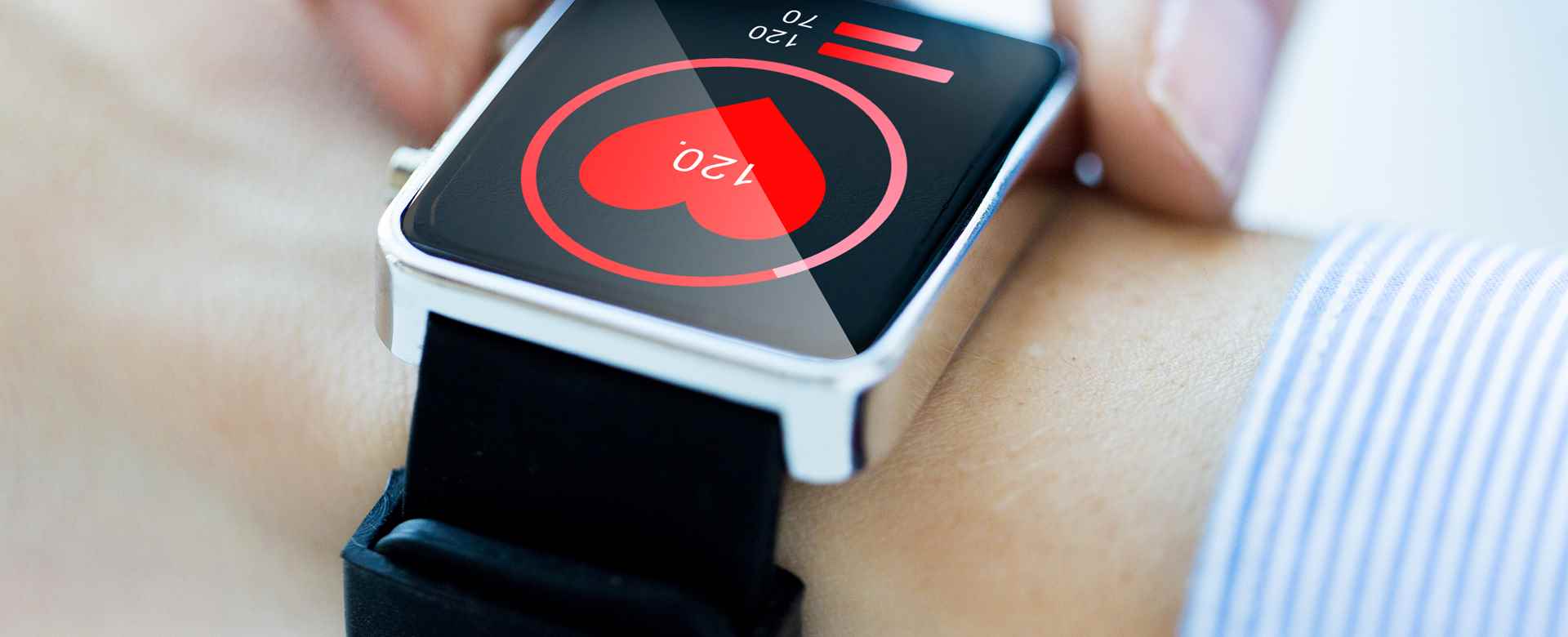Digital health technology continues to advance and expand into new areas of healthcare, and the industry shows no signs of slowing down. Each year digital health products and analytic capabilities advance, becoming better, more reliable and more compatible with one another. As we head into 2017, let’s take a look at some of the newest advancements in digital health technology:
Fitbit Is Expanding
Wearable healthcare devices are not going anywhere. In fact, one of the most popular wearable technology brands, Fitbit, announced multiple integrations this year, according to MobiHealthNews. Fitbit is now working with UnitedHealthcare to ensure wearer’s metrics easily integrate with the insurer’s wellness program Motion. The combination of using Fitbit and Motion will let wearers track their progress and win financial discounts that can be applied to their healthcare plans. Three other Fitbit integrations are with the following: Habit, a startup backed by Campbell’s Soup; Peleton, a virtual cycling class; and VirZoom, which offers virtual workouts. Health data obtained through the Fitbit will now be available within these programs to better track workouts and overall fitness progress. This gives Fitbit wearers even more flexibility and customization options.
Digital Pain Relief Is on the Way
Treating severe and chronic pain in America has become necessary yet controversial. With an opioid epidemic spreading across the country, physicians, scientists and researchers are looking for safer and less addictive ways to treat pain. Providing doctors with effective alternatives to these drugs could greatly reduce opioid addiction, overdoses and deaths. That is why Quell, wearable pain relief technology, is so exciting. Created by NeuroMetrix, Inc., Quell is entirely drug free, cleared by the U.S. Food and Drug Administration and available without a prescription. Pain sufferers can wear Quell during the day and night and calibrate it to their own needs through an app. The device stimulates the wearer’s sensory nerves, sending signals to the brain to block pain. It can provide complete or significant relief for nerve, leg, foot, lower back, joint, arthritic and widespread pain.
Researchers are developing another drug-free way to treat pain, this time through virtual reality (VR). Cedars-Sinai Medical Center is conducting a study using VR for pain management with some of their patients, MedReps reported. The science behind this process may be remarkably simple: distraction. There is only so much a person’s brain can pay attention to at one time. When patients are distracted with positive stimuli through the VR, they report a significant reduction in pain. While VR might not be a long-term solution for treating pain, researchers are diving into where it may be most helpful, including with acute pain, during child birth and with phantom limb pain.
A Digital Way to Treat Addiction?
How to best treat addiction to drugs and alcohol remains a critical question within healthcare, particularly since more than 21.5 million Americans suffer from a substance use disorder, American Addiction Centers reported. While there are a number of programs and methods to combat this issue, many physicians, counselors and addicts themselves wonder which way is the most effective. With the amount of time everyone spends on their smart phones, it should come as no surprise that some researchers are working to see if an app can help individuals overcome their dependence. Pear Therapeutics developed reSET, a mobile medical app used in conjunction with outpatient therapy to track progress in drug abstinence. There is also reSET-O, which integrates an app with a prescription medication to treat opiate addiction. Beginning studies show the app increased engagement, duration of counseling and the length of abstinence from the substance compared to patients who did not have the app.
Sleep Tech for the Restless
In today’s rushing world, many individuals are not getting the sleep they need. Without the proper amount of rest each day, people become stressed, less productive and can suffer other health issues. The need for deep and consistent rest has led to a number of pharmaceutical remedies. However, researchers are now looking into drugless technologies to improve sleep. For those who need a little help relaxing and falling asleep, 2breathe may be for them. This wearable device goes around the waist, senses a person’s breathing, and plays music and tones to slow the wearer’s breathing and lead to sleep.
Sleep Number has also developed a new smart bed that shifts and adjusts to the sleeper’s position and movement throughout the night. The Sleep Number 360 will warm up people’s feet, become more or less firm and raise or lower its position to help users fall and stay asleep throughout the night. While the bed is likely to be pricey when it is first released, it is easy to see a future in which beds are customizable and responsive to a sleeper’s needs.
A Future With Better Medical Care for All
Digital health technology will only continue to advance, leading to safer and more effective medical treatments and lifestyle aids. While some of the tech may seem fancy or superfluous now, a few of these devices could revolutionize American healthcare.
At Advanced Medical Reviews (AMR), we believe everyone deserves the best medical care possible, which may be through more digital means in the future. The technology we utilize to process independent medical reviews is frequently updated to facilitate faster, more accurate, more flexible, and more efficient workflow. As Emir Rubi, Operations Manager at AMR notes, “Keeping pace with technological advancements is a necessity in any business these days, and AMR has always been dedicated to staying ahead of the curve with our technology.”
Sign up for Updates:
Privacy Details
By submitting this form, you are consenting to receive marketing emails from: Advanced Medical Reviews, LLC. You can revoke your consent to receive emails at any time by using the Unsubscribe link, found at the bottom of every email.
